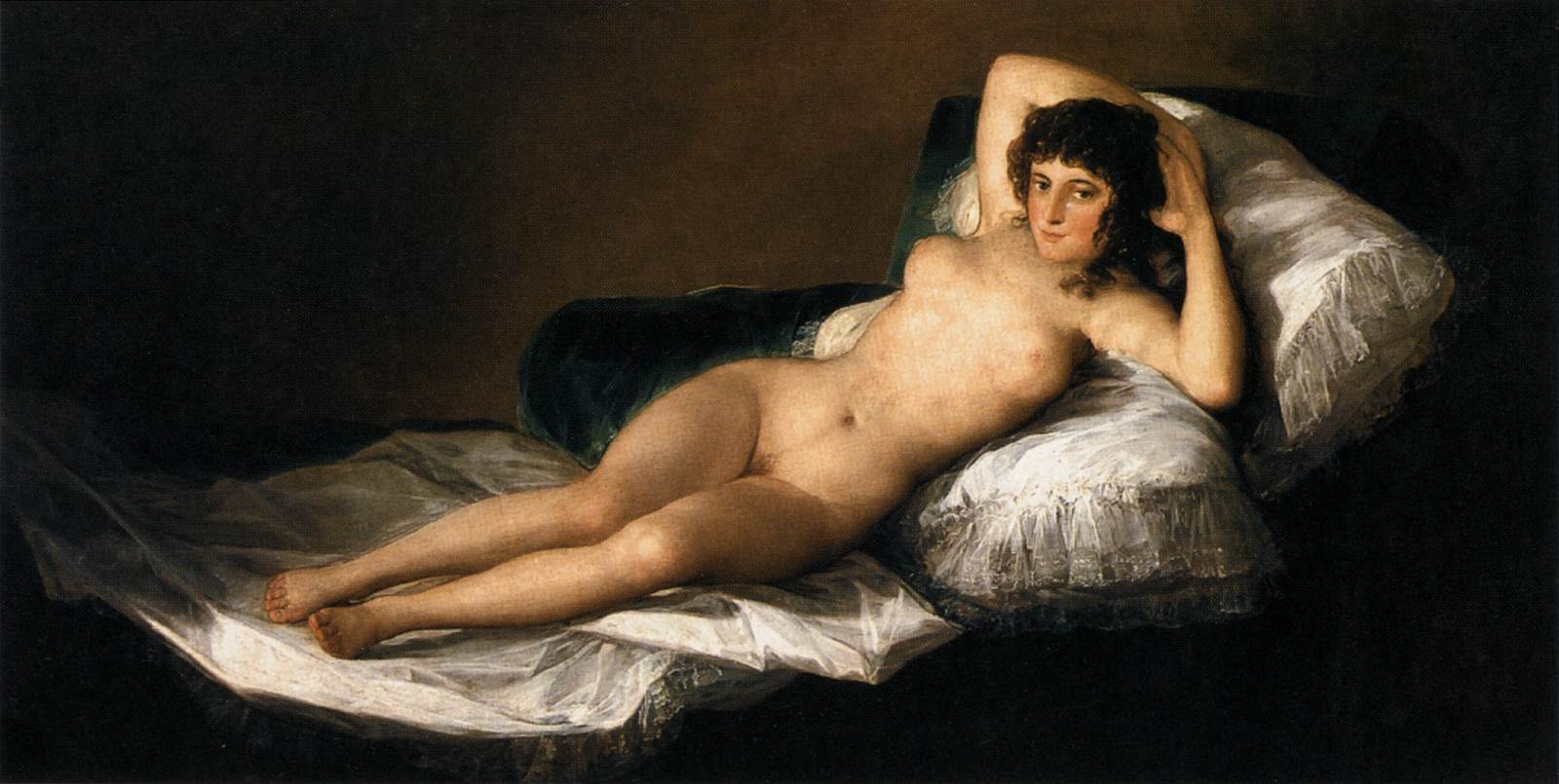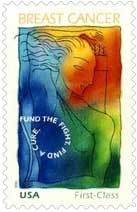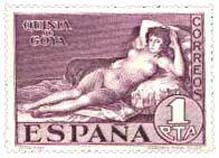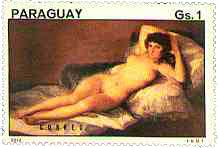European Art and American Sensibilities
The artist Francisco (Jose) de Goya painted two of what became his most famous paintings, "The Naked Maja" (La Maja Desnuda) and "The Clothed Maja" (La Maja Vestida), between 1797-98.
Both "La Maja Desnuda" and "La Maja Vestida" have been used many times as artwork for stamps by a number of countries, including Mongolia, Bulgaria, Portugal, India, Paraguay, Iran, New Guinea, Panama, and Spain. In 1930, the U.S. Post Office forbade and returned letters coming from Spain that bore "The Naked Maja" stamps. Even in the 1930s European sensibilities about art were ahead of the United States'. In February 2002, the painting was part of an exhibit at the National Gallery of Art in Washington, D.C.
In 1996, Lecturer Nancy Stumhofer of Pennsylvania State University asked that the painting be removed from her lecture hall because she couldn't keep the attention of giggling male students. Stumhofer felt their laughter and comments about the painting distracted her class and silenced the female students. She was supported by the college's Commission for Women and the painting was taken down. After protests by the art department, the famous work was moved to an open access reading room in the Student Center.
 |
|||
|


